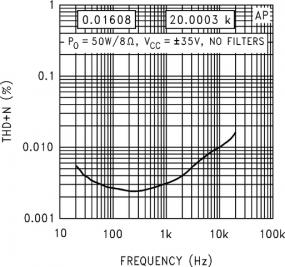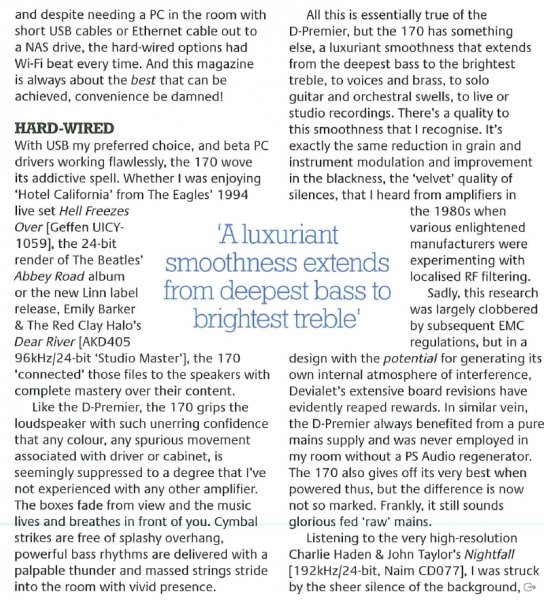During my tender years, “Japanese Transistor Amps” were held up as prime examples of things that measured well and sounded terrible. Dare, even today, to extol the virtues of an amplifier as having really low distortion and some know-it-all will stand up and say “you know measurements don’t say it all; remember the 80’s when we were flooded with amps that had 0.00001% distortion and sounded all screechy”, bystanders nodding vigorously. One of them will go on, inevitably, to make the same point in another audio meeting, adding an extra zero. Such figures were never claimed by anyone at the time. That doesn’t mitigate that the leaflets were misleading. Sometimes subtly by stating only THD at 1kHz/1W, often more brutally through a technique called lying. These amps didn’t measure at all well and they sounded the part. Superb specs were claimed for the cheaper amps in the full expectation that no reviewer would bother to measure them, while more modest figures were given for top-of-the range products in the reasonable assumption that they would. Had the marketeers then realised what they were setting the industry up with, they would have committed seppuku.
The Backlash
The effect on the audio trade has been profound. Not only did negative feedback become the object of suspicion and ridicule, so did really good measured performance because good numbers were tainted by association with “large amounts of feedback”. If you had to use so much feedback to get those numbers, it couldn’t be good. Measurement reports became superfluous, opening the floodgates to claims of sonic excellence that had no support in physics whatsoever. The whole high-end trade standardized on making amplifiers with low amounts of loop gain and hence significant distortion. Of course, these amps all have a “character” of their own, adding another layer to the relativism by making any amplifier that sounded different from others worthy of consideration. Some designers became world famous because they managed, more by trial and error than by forethought, to make amplifiers that, in spite of having little or no error control and distortion levels in the 0.1% - 1% range, did not colour the sound excessively. The painstaking sculpting of the distortion spectrum of an amp by mixing and matching different makes of active devices and load conditions became a Zen-like activity that guaranteed guruship. Furthermore with low or no loop gain came bad power supply ripple rejection: it became a mark of competence to overdesign the power supply, even regulating it, and to mix and match esoteric supply capacitors to mitigate their impact on sound. Having to contend with the ones that are actually in the signal path isn’t enough for some. Designers who should know better pay lip service to the ideal of fast amps with moderate feedback, or “local feedback only”. The avoidance of feedback, specifically global feedback, also meant that longer signal chains quickly accumulated distortion products. A relentless drive for minimalist design ensued. If everything one adds to the signal path detracts from the result, only the smallest number of components will do. This resulted in the ludicrous situation where fantastic sounding recordings were made with signal chains numbering up to a hundred amplifying stages and replayed on audiophile systems where even a transparent buffer proved an impossibility.
Hi-fi review is a complete shambles. The few magazines that do measure are capable of reprinting the most frightening distortion spectra from amplifiers and actually call them good. “Objectivity” got downgraded from “independent of who’s doing the observing” to “not favouring particular brands”. For me personally the affair hit rock bottom when in 2009 two reviewers, one Dutch, one British, independently remarked of the same amplifier (a reasonably priced product with exemplary performance) that it sounded surprisingly musical for an amp with such low distortion. In the 21st century audio engineers build equipment while actively avoiding two of the most powerful tools available to the whole of science and engineering: measurement and error control. The damage to the audio industry and its reputation in the wider engineering world will remain immeasurable until we decide to take control.










